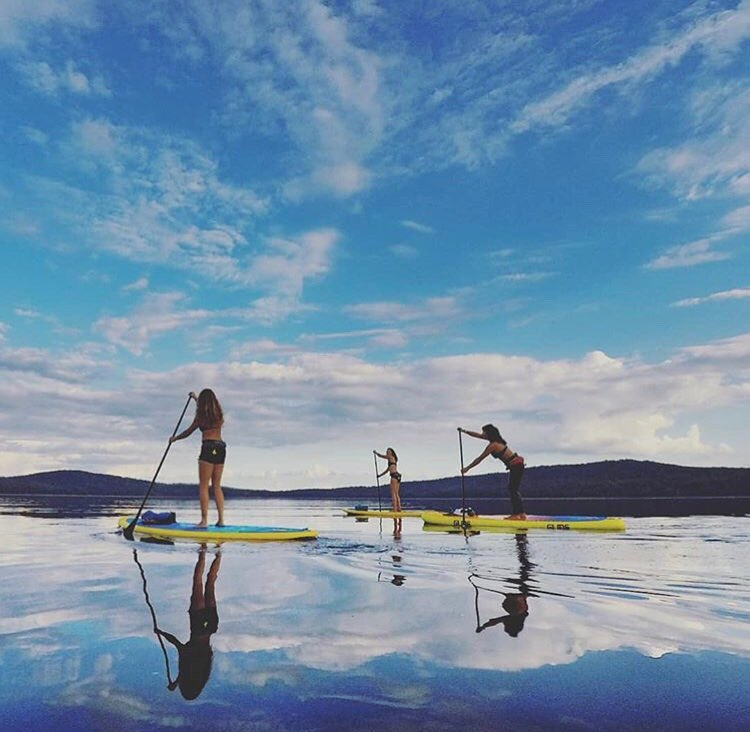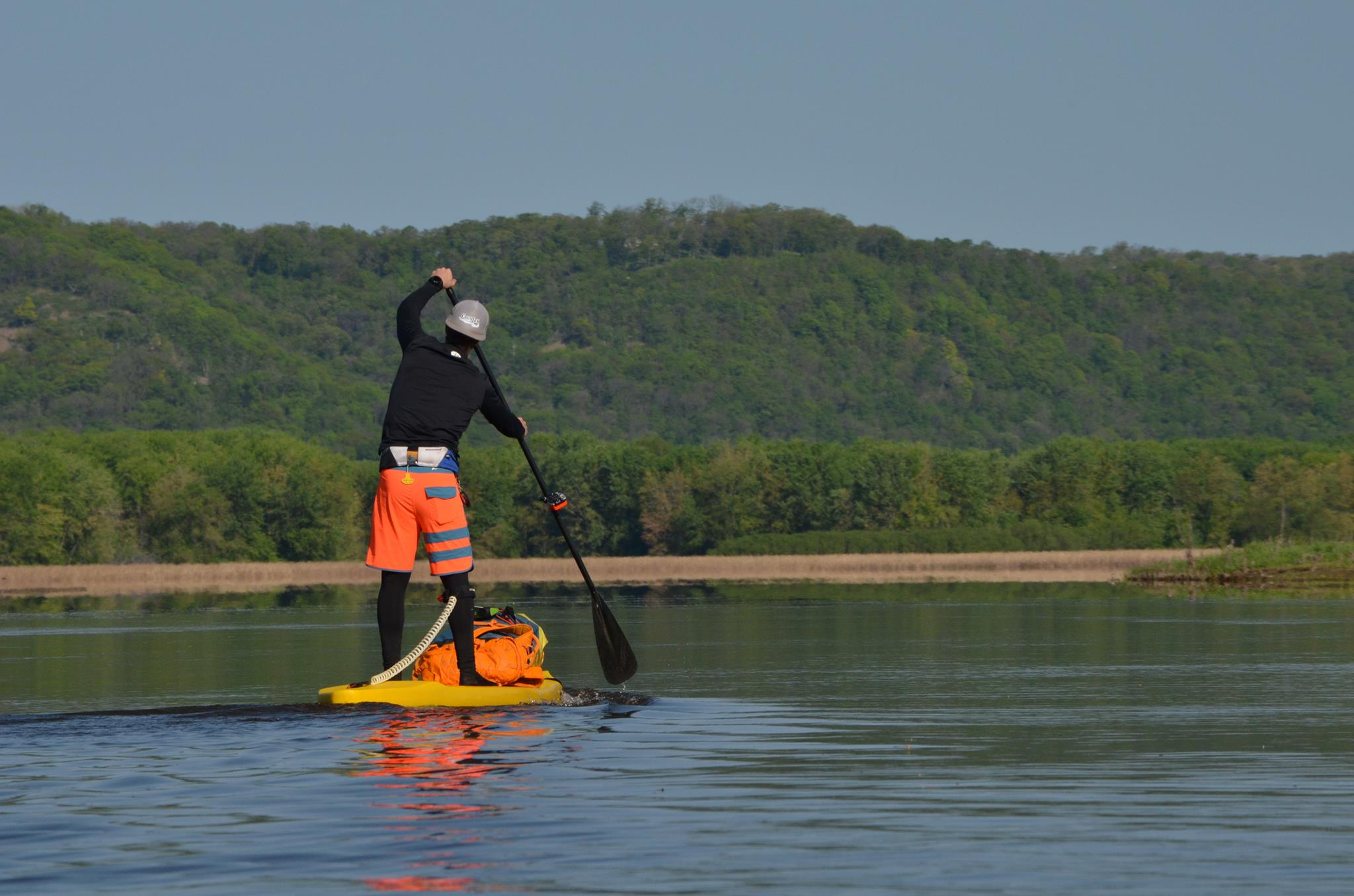
First Aid Tips for Paddle Boarding
Learn the best paddle boarding first aid tips.
Understanding the Risks
As with any water-based activity, paddle boarding comes with its share of risks. From minor injuries like cuts and bruises to serious incidents like near-drowning experiences, it's important to always be prepared. This isn't meant to scare you away from the sport, but rather to highlight the importance of understanding potential dangers and ensuring you have the necessary first aid knowledge.

Pre-Paddle Boarding Preparations
Before you step onto your stand up paddle board and grab your SUP paddle, make sure you have your personal flotation device (PFD) on. Even if you're an excellent swimmer, it’s important to remember that accidents can happen. In case of a fall, a PFD will keep you afloat until you can safely get back on your board.
Essential First Aid Skills
Dealing with Cuts and Scrapes on Paddle Boards
While paddle boarding, you can encounter a variety of marine life and natural objects that can cause cuts or scrapes. In case of a cut, clean the wound immediately with clean water (avoid using seawater as it contains bacteria) and apply a disinfectant if available. Then, cover the wound with a bandage or dressing. Always have a basic first aid kit in a dry bag on your board, complete with bandages, antiseptic wipes, and a pair of tweezers for removing splinters or other foreign objects.
Handling Near-Drowning Incidents
If someone falls off their paddle board and is struggling to stay afloat, try to reach them with your SUP paddle or throw them a life ring if you have one. Once they're safely back on their board, monitor them closely for signs of secondary drowning, a condition where water enters the lungs and can cause problems later on. If they're coughing persistently, have difficulty breathing, or show signs of confusion or fatigue, seek immediate medical attention.
Sun Protection
Stand Up Paddle boarding often involves long hours in the sun, which can lead to sunburn or heatstroke. Always apply a high SPF sunblock before hitting the water, even on overcast days. Don't forget about your ears, back of the neck, and the underside of your chin, as these areas are particularly vulnerable to UV rays when you're on the water. Wearing UV-protective clothing and a hat can also provide added protection.
Hydrate frequently, and if you start to feel dizzy, nauseated, or overly fatigued, take a break in the shade or cooler environment.
General Safety Tips
Paddle boarding can be a peaceful and relaxing experience, but it's important to stay alert at all times. Pay attention to your surroundings, watch out for other boaters, and be conscious of currents and wind direction. Remember, safety should be your top priority on any SUP adventure.
Know Your Limits on a Paddle Board
Every paddle boarder should know their skill level and limitations. If you're new to the sport, stick to calm, flat water until you're confident in your paddling techniques. Similarly, it's crucial not to stray too far from shore unless you're an experienced paddler with the skills to handle potentially difficult conditions.
Warm-Up and Stretch
Before getting on your board, take a few minutes to warm up and stretch. Pay particular attention to your core muscles and arms, as these will be doing most of the work when paddling. A proper warm-up will not only improve your performance on the water, but also prevent potential muscle strains or injuries.
The Right Equipment for Safety

Choosing the right paddle board equipment is essential for a safe experience. From the board itself to your paddle, each item plays a part in your safety on the water. When selecting a board, consider the stability it provides. Don't forget about accessories like a paddle board leash, which connects you to your board and is especially important in rough waters, and a dry bag for storing your essential first aid kit and other items.
Learning Proper Paddle Technique
When paddle boarding, maintaining proper form and technique is crucial for preventing injuries. Keep your knees slightly bent, your back straight, and paddle with your core muscles rather than your arms to avoid straining them. Make sure you hold your paddle correctly, with one hand on the T-grip and the other halfway down the shaft. This will allow you to paddle efficiently and maintain balance on the board.
In Conclusion

Just like any other water sport, paddle boarding requires the right preparation, knowledge, and equipment to ensure a safe and enjoyable time. By being aware of the potential risks, arming yourself with first aid knowledge, and practicing safe paddling techniques, you can confidently take to the water and enjoy all the benefits and joy that paddle boarding offers.


